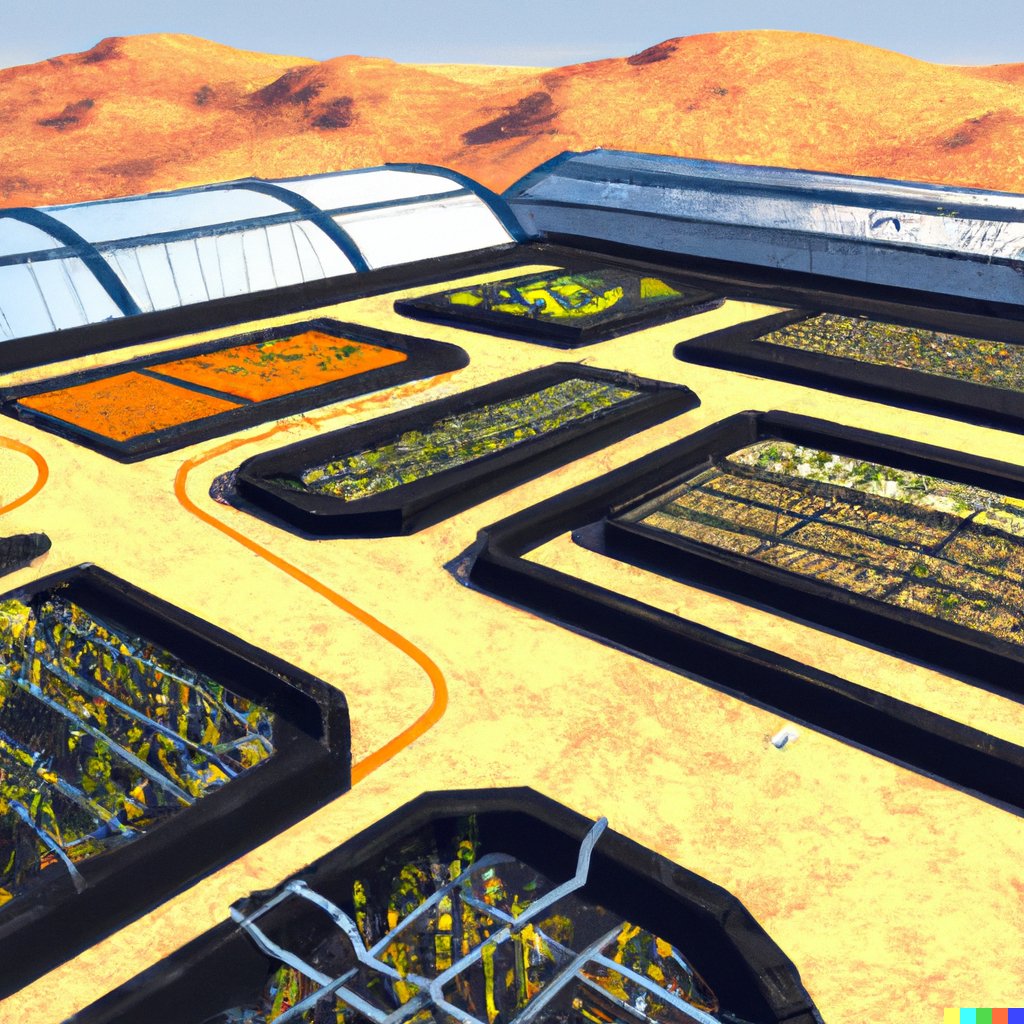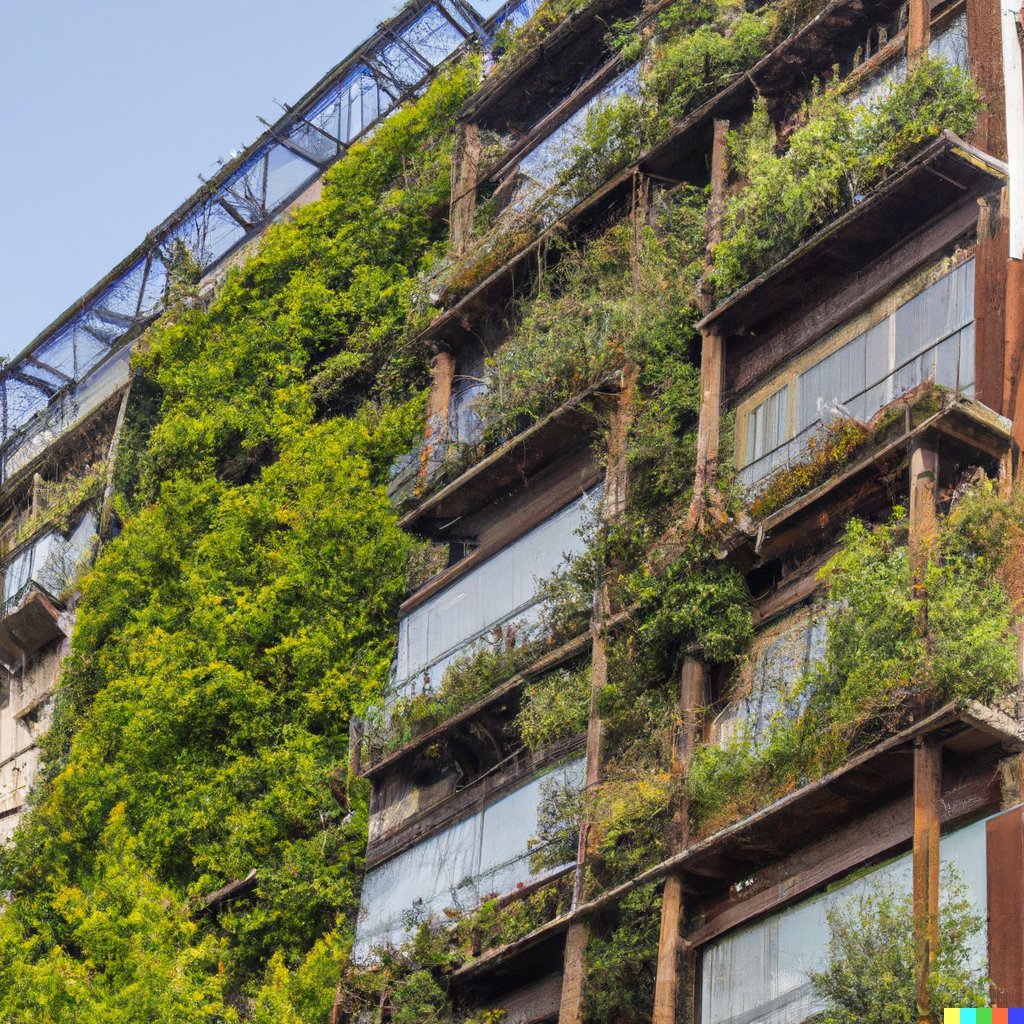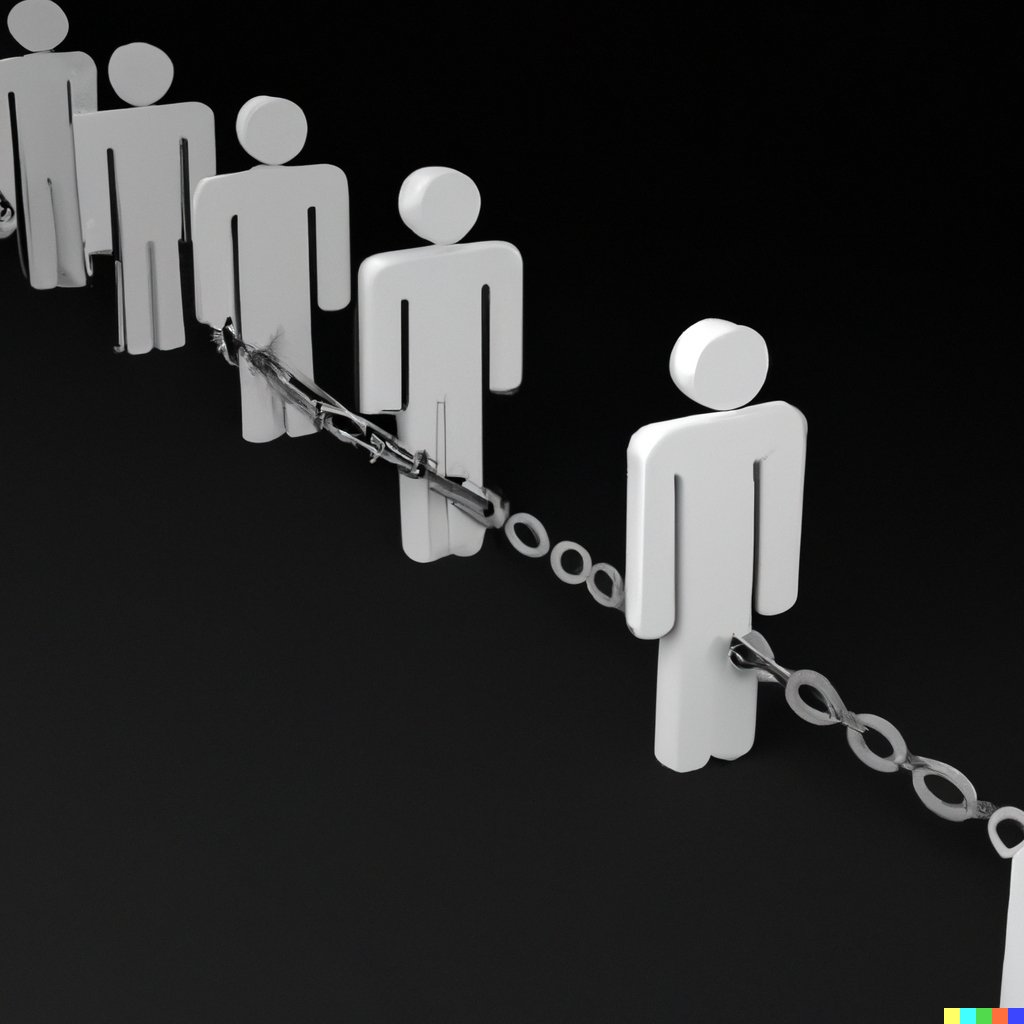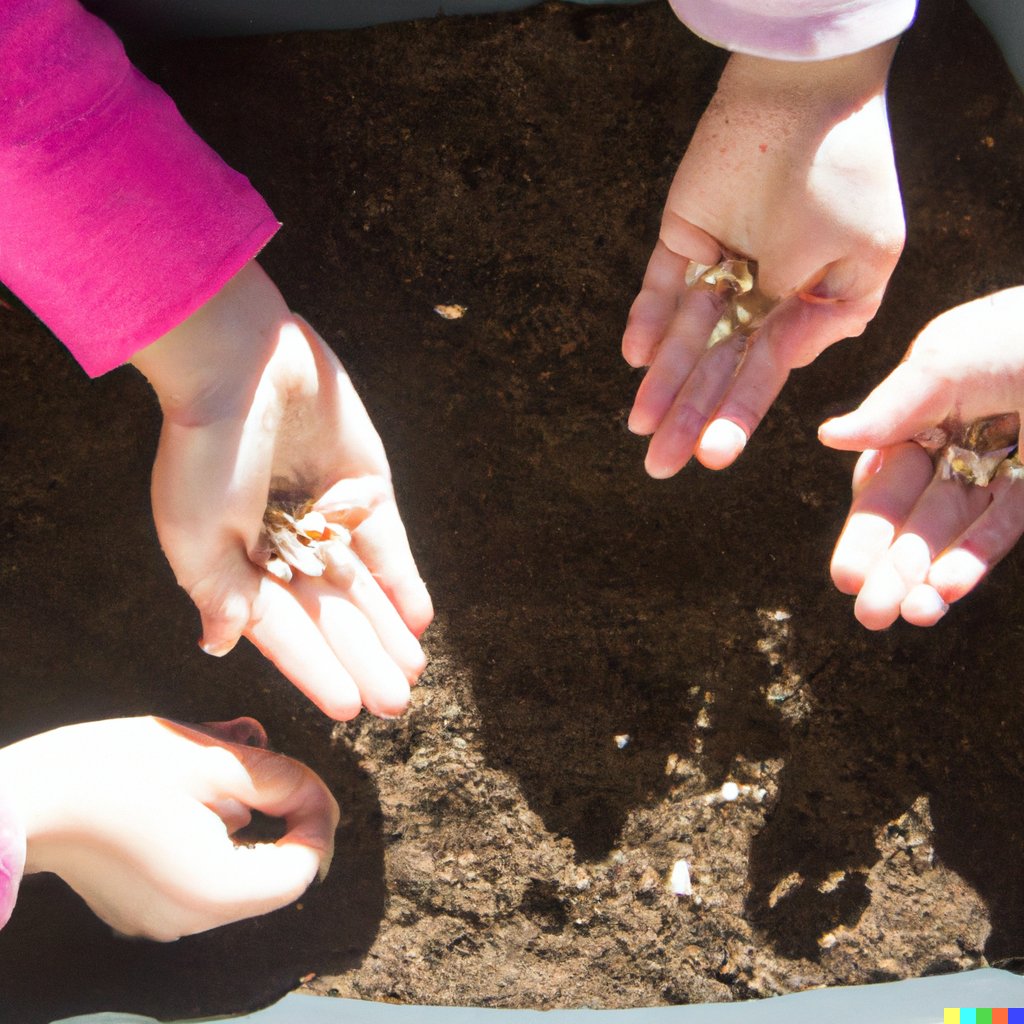
In today's world, there is a growing need for sustainability and environmental awareness. However, many people may feel overwhelmed or disconnected from this movement, wondering where they fit in the bigger picture. But what if sustainability could be more human-centered? This article explores why shifting the focus to humans in sustainability efforts is crucial for creating a more inclusive and impactful movement.
Enhancing Quality of Life through Sustainability
Integrating sustainable initiatives into our communities can boost quality of life. This can provide access to basic necessities like clean water, food, and shelter. It also promotes community well-being, physical and mental health, and thriving societies. Plus, it drives innovation and technological advancements to improve life standards.
Think of Christina Collins, who transformed her home into an energy-efficient space with solar panels and sustainable materials. Not only did this reduce her carbon footprint, but it also saved her money on energy bills. Her initiative encouraged others in her neighborhood to take action, creating a more sustainable community.
These stories show us that small steps can have a big impact on our lives and the world around us. Plus, for sustainability to work, we need to focus on equity and social justice. After all, saving the planet is easier when everyone is equally involved!
Equity and Social Justice in Sustainable Practices
For justice-focused sustainability, equality and social justice are key. Prioritize reducing inequality and supporting marginalized communities. That way, access to resources and opportunities will be fair for everyone. This concept of sustainability takes into account humans' needs and desires. Equity is paramount for effective sustainable practices. So, include it in our decisions, policies, and initiatives. Otherwise, we'll miss chances to make a more inclusive society for future generations.
Sustainability is like a chameleon on vacation - subtle and adaptable.
Respecting Local Context and Cultural Diversity
Respecting local context and cultural variety is key for advancing sustainable practices. Acknowledging respect for culture and embracing indigenous knowledge helps us create tailored approaches for sustainability.
This means having strategies and practices that fit the needs and values of different communities. It also creates a sense of ownership and participation, which makes outcomes more effective and sustainable.
Resilience is like a good post-apocalyptic outfit - it's all about adapting to the chaos we've created.
Building Resilience and Adaptation
Building resilience involves infrastructure improvements, early warning systems, and risk reduction strategies to reduce the potential impacts of extreme events. It also includes having strong governance frameworks for disaster management.
Adapting is key for addressing long-term climatic changes. This means promoting sustainable practices that lower vulnerability and increase adaptive capacity. Examples are diversifying livelihoods, social cohesion, and integrating climate considerations into urban planning.
These efforts require a multidisciplinary approach which combines environmental stewardship with social equity. Thus, prioritizing human well-being and ecological restoration are essential for creating sustainable and inclusive societies.
The UNEP report states that investing in climate resilience programs can get economic benefits up to six times the initial cost. This emphasises the importance of proactive measures to secure our collective future. Money over planet? Not quite - it's about economic prosperity and sustainable growth.
Economic Prosperity and Sustainable Growth
Economic prosperity and sustainable growth go together to bring about positive change. By using green tech and boosting clean energy, industries can become more resource-efficient. This leads to a circular economy and opens up job opportunities.
Let's look at some data:
|
Year |
GDP Growth Rate |
Renewable Energy Consumption |
|
2015 |
2.4% |
587TWh |
|
2016 |
3.0% |
632TWh |
|
2017 |
3.1% |
675TWh |
This shows that as the GDP growth rate rises, renewable energy consumption also increases, showing progress towards sustainability.
Economic prosperity and sustainable growth are good for us too - they create jobs and improve living standards.
John Smith lost his job in a conventional manufacturing plant. He found new employment in a green tech company that makes solar panels. This helped him become financially secure, and also contributed to the environment.
We should take care of our own needs too, while helping the planet. Sustainability doesn't mean we have to give up all creature comforts.
Promoting Health and Environmental Well-Being
Promoting Health and Environment Well-Being
We should shift towards sustainability in order to prioritize health and welfare of both individuals and the environment. We can protect public health by reducing pollution, providing clean air and water, and creating healthy environments.
The table below shows how certain actions can help promote health and environment well-being:
|
Actions |
Impacts |
|
Pollution Minimization |
Reduces negative effects on ecosystems |
|
Clean Air Provision |
Enhances respiratory health |
|
Water Purification |
Ensures safe drinking water |
|
Green Spaces Creation |
Enhances mental well-being |
We should consider innovative approaches which prioritize sustainability. These efforts should include strategies to reduce pollution, provide access to clean air and water, and create healthy environments.
It is important to take action now to make a positive impact on both human well-being and the environment. We should promote sustainability measures to ensure a better future for ourselves and future generations. Take this chance for change; don't miss out on building a healthier world for all. Inclusive and diverse decision-making should be encouraged - who doesn't love a bit of chaos and disagreement disguised as progress?
Inclusive and Diverse Decision-Making
Incorporating Diverse Perspectives in Decision-Making
Decision-making that takes into account different perspectives is essential for policy inclusivity, stakeholder engagement, and accountability in sustainability. Representation from different backgrounds, including race, gender, and socioeconomic status, can help achieve this.
The benefits of inclusive decision-making include:
|
Enhanced creativity and innovation |
Improved problem-solving |
|
Increased trust and cooperation |
Greater community support |
Valuing diverse voices ensures decisions reflect the needs and aspirations of the whole community. This creates a sense of ownership and empowerment among stakeholders.
Creating spaces where individuals feel comfortable expressing their views without fear of judgment or dismissal can further promote inclusive decision-making. Seeking out input from marginalized communities can help ensure all voices are heard.
History has shown that exclusionary decision-making contributes to inequality and hinders progress. For example, urban planning decisions made without considering the needs of underrepresented communities have resulted in infrastructures that further marginalize these groups.
Preserving our cultural heritage and traditions helps ensure future generations can still reminisce about the good old days.
Preservation of Cultural Heritage and Traditions
Preserving our cultural heritage and traditions is essential to maintain cultural ecosystems. Safeguarding traditional practices, knowledge systems, and expressions, alongside conservation of buildings, artifacts, and sacred sites, helps us keep a collective memory. Identity protection encourages inclusivity, diversity, and respect of different cultures.
Collaboration between communities, governments, NGOs, and academia is key. Funding for research and awareness programs should be provided. School curricula should include cultural preservation. Local communities should be involved in decision-making processes.
Economic development should prioritize preservation of culture and environment. Communities should engage in sustainable tourism initiatives, generating socio-economic benefits while protecting their unique heritage.
Empowering Through Sustainability Education
Education for Sustainable Development (ESD) is crucial to fostering informed decision-making and environmental awareness. It empowers individuals to create a harmonious future. ESD helps people understand the connections between social, economic, and environmental aspects, so they can make wise choices that have a positive global impact.
Sustainability education not only provides knowledge, but encourages critical thinking and problem-solving skills. It encourages responsibility towards the planet, and adoption of eco-friendly practices. Integrating sustainability into educational systems, such as schools, universities, workplaces, or communities, can help build a culture around sustainable development.
Sustainability education offers social and economic advantages, like equipping people with skills for green industries and creating job opportunities. It also empowers marginalized communities to engage in environmentally friendly practices that improve their living conditions.
UNESCO's report, "Education for Sustainable Development Goals," states that countries are implementing sustainable development goals into their education systems. This shows an understanding of the importance of sustainability education in creating a better future for all.
|
Securing long-term prosperity: |
|
To secure a comfortable future, we must ensure our planet is sustainable for generations to come. |
Securing Long-term Prosperity
For long-term success, it's important to remember humans come first. Sustainability efforts aim to address environmental issues and ensure resource availability, all for the purpose of improving human life. If we prioritize people, economic growth, social equity, and environmental protection can go together.
But, only focusing on sustainability could lead to bad results. For example, policies that just reduce carbon emissions might cause job losses or energy access problems for certain people. To create real long-term success, a balance between environmental preservation and meeting human needs is key.
To do this well, we need an inclusive mindset that includes different perspectives and values. It's best to get different stakeholders involved, like government, businesses, communities, and individuals. This way, solutions can be tailored to each context. Plus, it encourages innovation, local community empowerment, and involvement in creating a sustainable future.
Fostering Global Partnerships for Sustainability
Cross-border collaboration is essential for sustainable development. Partnerships allow the sharing of knowledge and resources across countries. This encourages the development of policies and initiatives that promote global sustainability.
Moreover, global partnerships can bring finances and technical assistance to developing nations. By pooling resources from different stakeholders, we can build better strategies to address climate change, poverty, and economic growth.
These partnerships have been put into practice. The UN Sustainable Development Goals urge collaboration between governments, NGOs, businesses, and universities. This has led to progress in renewable energy, conservation, sustainable agriculture, and access to education and healthcare.
Mother Nature might be mighty, but still doesn't possess the power to use Wi-Fi to order pizza.
Recognizing Human-Ecosystem Interconnectedness
Interconnectedness between Humans and Ecosystems is key for sustainability. It is paramount to understand the dependence of humans on the health of the ecosystem for survival. By grasping this relationship, we can explore how sustainability alters human life.
Equity in sustainability is extremely important to ensure fairness in all communities. Sustainable practices must contemplate the needs of all individuals, disregarding their socio-economic and cultural backgrounds. Upholding local customs is fundamental to maintain cultural diversification and evade any negative effects.
The economic influence of sustainability must not be neglected. Incorporating sustainable practices can bring forth economic prosperity by developing job opportunities and stimulating innovation. This underlines the need to consider sustainability integral in long-term economic strategies.
Inclusive decision-making is a basic part of sustainability. Different points of view lead to better results by listening to many voices and experiences. Involving stakeholders in decision-making processes make sustainable initiatives more successful and attentive to community needs.
According to WWF, sustainable food systems can decrease the environmental impact of agriculture while boosting global food security and human welfare.
Why is it important for sustainability to prioritize human needs?
Sustainability should bend to humans because ultimately, humans are the ones who will be most affected by the consequences of unsustainable practices. Prioritizing human needs ensures that our basic needs, such as food, water, and shelter, are met in a way that is both environmentally responsible and socially just.
How can sustainability benefit humans?
Sustainability can benefit humans in various ways. By promoting sustainable practices, we can reduce pollution and improve air and water quality, leading to better health outcomes. Sustainable practices can also create new job opportunities and promote economic stability. Additionally, by preserving natural resources and ecosystems, we can ensure a better future for generations to come.
Does bending sustainability to humans mean sacrificing the environment?
No, bending sustainability to humans does not mean sacrificing the environment. It simply means finding a balance between the needs of humans and the health of the planet. We can still prioritize sustainability while also meeting human needs, by finding ways to reduce our impact on the environment and promoting sustainable practices.
What are some examples of unsustainable practices that have negatively impacted humans?
Examples of unsustainable practices that have negatively impacted humans include deforestation, air and water pollution, and overfishing. These practices can lead to a decrease in natural resources, loss of biodiversity, and health issues for individuals and communities.
How can individuals contribute to bending sustainability towards humans?
Individuals can contribute to bending sustainability towards humans by making small changes in their daily lives, such as reducing waste, using sustainable transportation, and supporting businesses and products that prioritize sustainability. Educating ourselves and others about the importance of sustainability can also make a significant impact.
Can businesses and governments play a role in bending sustainability towards humans?
Absolutely. Businesses and governments have a vital role to play in promoting sustainability and balancing human needs. They can implement policies and regulations that prioritize sustainability and invest in sustainable practices. Businesses can also use their resources and influence to educate and encourage their customers to make more sustainable choices.
Conclusion:
Sustainability is not just about environmental conservation; it's about bending to human needs and aspirations. By focusing on quality of life, equity, local contexts, resilience, and economic prosperity, sustainability becomes more than an environmental concept—it becomes a framework for human-centric development. Inclusive decision-making, cultural preservation, and education empower communities, while acknowledging the interconnectedness of ecosystems and humans ensures that sustainability efforts benefit both the planet and its inhabitants. By embracing this comprehensive approach, sustainability can effectively address global challenges, ensuring a harmonious and prosperous future for all.














